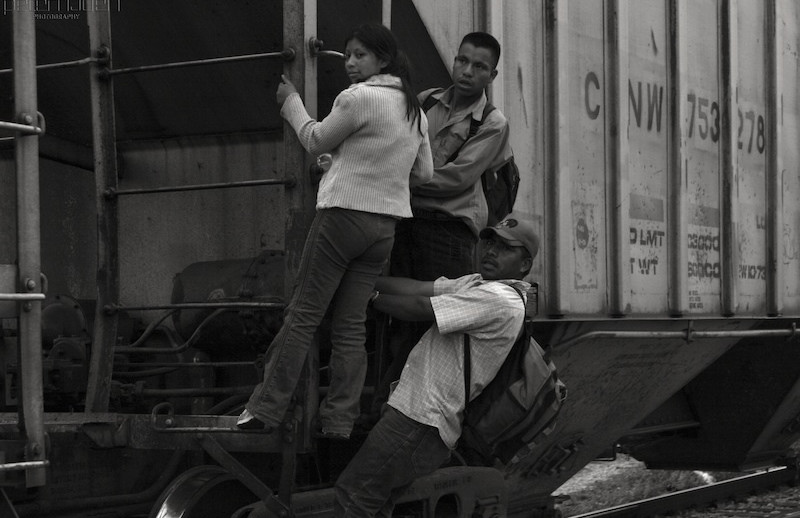Obama’s New Deportations Policy & the Future of Immigration
President Obama has overseen some of the strictest enforcement policies of the past several decades.
Although press coverage of child migration has exploded in the past few weeks, the issue of unaccompanied minors at the U.S./Mexico border is no new issue. Increases in the number of apprehensions of predominantly Central American children were noticed as early as two years ago, with a greater influx beginning in October of 2013. Today, with the White House dubbing the situation a “humanitarian crisis”, a flurry of reports, opinions, and political criticisms confound the discussion of solutions aimed at the crisis of child migrants. Moving beyond the rhetoric and panic that has characterized much of the discussion of the issue, panelists Doris Meissner, Senior Fellow of the Migration Policy Institute, and Rubén Zamora, Salvadoran ambassador to the United Nations, outlined the roots of the situation and offered pragmatic approaches to dealing with the issue on July 16th at the Inter-American Dialogue.
Meissner put the discussion into perspective: “Migration emergencies…have happened before and will happen again.” However, she recognized the complexity of the current circumstances. In 2008, President Bush signed the Trafficking Victims Protection Reauthorization Act, a bipartisan effort to protect children from human traffickers. Under the act, a migrant under the age of 18 must be screened to ensure they are not a victim of trafficking and, therefore, may not be expeditiously returned to a non-contiguous state. While both panelists agreed on the necessity of such statutes, they also commented on the unforeseen consequences of the act and the saturation of US immigrant courts. Today, the average wait time for a child migrant to appear before a judge is 578 days. Meissner suggested holding hearings upon the minor’s arrival to avoid such backlog. Both panelists also pointed to the imbalances in funding for immigration enforcement programs, with funding for security up 300% in recent years and resources for hearings increasing only 70%.
Zamora outlined a series of social and economic realities that contribute to parents’ decision to send their children to the United States. He explained how in countries with poor economic prospects, in which even domestic companies refuse to invest, where maras (gangs) threaten and recruit pre-adolescent children, and homicide rates are some of the highest in the world, hopes of a secure future are slim. The ambassador mentioned the private sector for exporting jobs and selling to foreign investors rather than improve the economies of their own nations. Zamora also pointed to the relative upward mobility of adult migrants already in the U.S. who can now afford to send for their children as a factor in the recent migration. Meissner, too, mentioned family reunification as a major pull factor in the recent mass migration, as 82% of children released from apprehension at the border are placed in the care of a parent or close family member. She suggested that this statistic encourages families to send their children to the U.S., as the experience of the majority of apprehended children has been, ultimately, one of family reunification. The ambassador dismissed the concept that lax border security is to blame for the situation, suggesting that the increase in child migrants is merely a result of more efficient border security practices which allow for the apprehension of more migrants. Zamora did, however, recognize that some of the Obama administration’s policies towards immigrant youth, such as DACA, may have created misconceptions about a relaxation of immigration enforcement.
No simple solution was agreed upon to tackle such a complex situation. Zamora emphasized the necessity of attacking the root causes of the mass migration and called for law makers to deepen their understanding of the issue. Both speakers recognized the importance of working at the community level to enhance the security and economic prospects of Central American nations. “We all live in the same neighborhood” Meissner pointed out, aptly pointing out that the crisis will have long-lasting regional implications.
President Obama has overseen some of the strictest enforcement policies of the past several decades.
 Peter Haden / CC BY 2.0
Peter Haden / CC BY 2.0